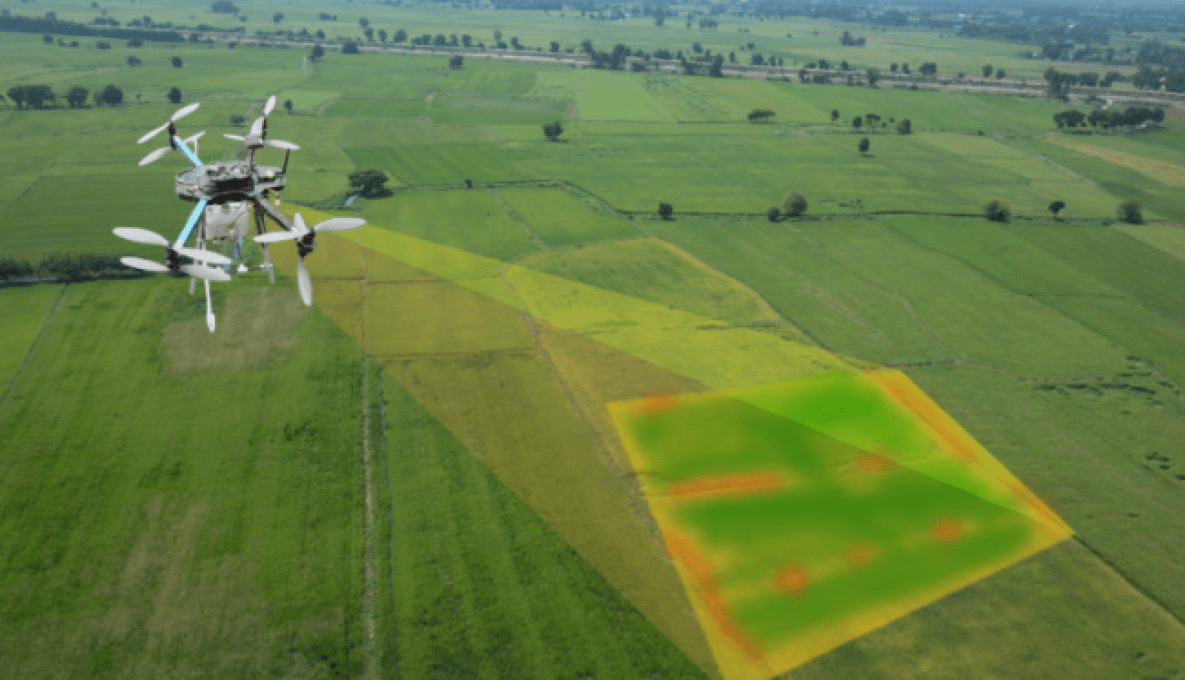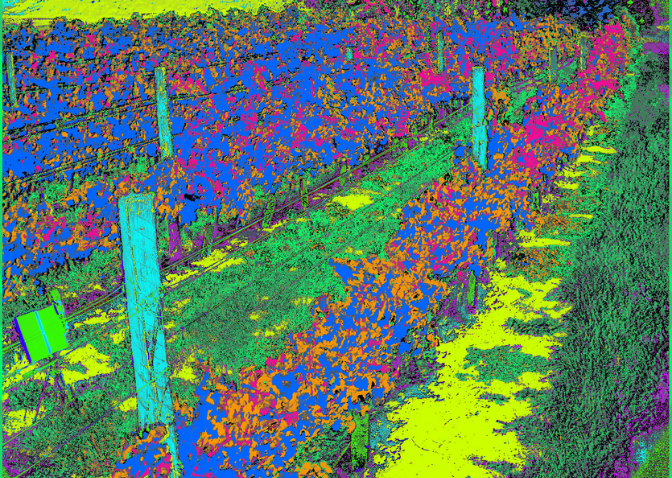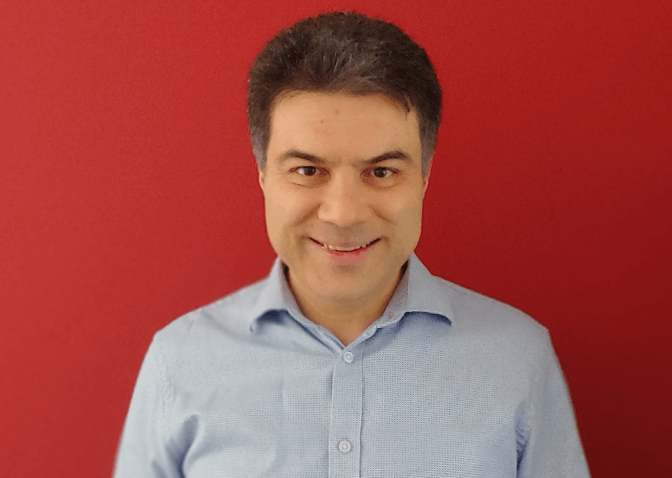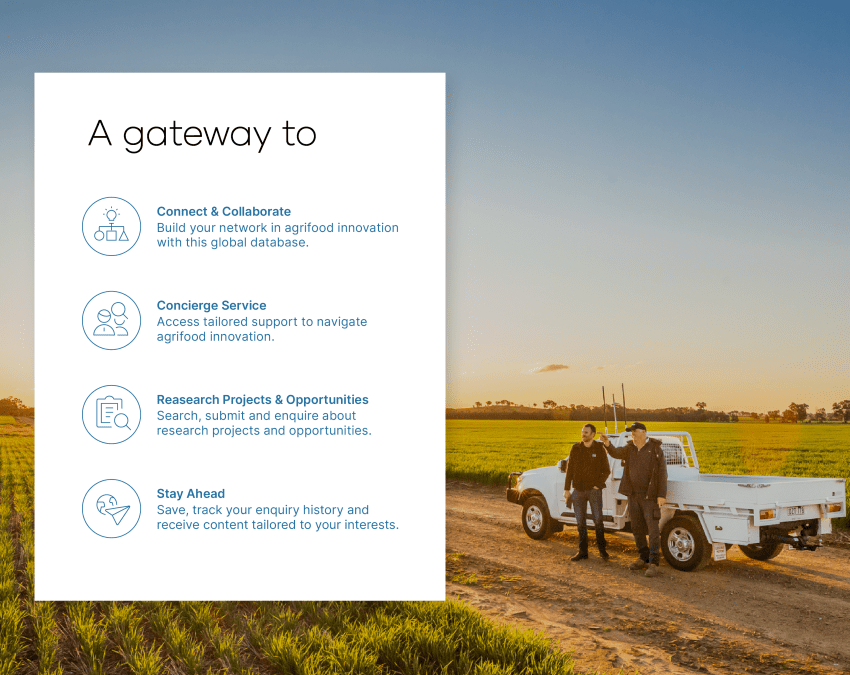-contain-250x120.jpg)
CSIRO Efficient processing of hyperspectral images ready for its close-up
AI-driven data-processing software from CSIRO has made hyperspectral imaging a viable commercial tool, and is seeking partners with data and domain expertise to fine-tune its algorithms.

It’s like something out of a science fiction movie: cameras that see beyond the scope of the human eye, unveiling hidden details through computing power and optimised algorithms. Except it’s real, right now, and Dr Nariman Habili and a team at CSIRO’s Data61 have spent the last 10 years turning the future into an accessible reality.
With recent improvements in access to, and increased adoption of hyperspectral imaging, Lead Research Engineer at Data61, Nariman and the Computer Vision and Imaging group have developed software to rapidly process hyperspectral images, resulting in more accurate data for a variety of sectors, including rural industries. The technology, called Scyllarus, consists of the backend of the application programming interface (API), a library of image-processing algorithms, and the streamed pipeline processing model.
The project began 10 years ago, at The National Information and Communications Technology Authority (NICTA), which later merged into CSIRO’s Data61. After balancing multiple projects at once, Nariman returned – with sole focus – to the hyperspectral imaging project in October 2020.
“There’s been a flurry of activity in hyperspectral imaging – around the world,” said Nariman. “If you look at the papers being published or the companies being formed, there seems to be a pick-up there.”
Related organisations
-contain-250x120.jpg)

“A great advantage”: Hyperspectral imaging versus colour imaging
Unlike colour imaging, which captures three bands of colour, like human eyes, hyperspectral cameras capture an image in 10s or 100s of bands, covering the visible spectrum, infrared and beyond.
“Each material has a unique fingerprint or spectral signature due to its chemical composition, and if you have a library of these spectral signatures, you can use it to find materials in an image,” said Nariman.
While a colour camera captures the visual components of different materials – “plastic, a plant, a leaf, timber that’s coloured green” – if you take a colour image, “they’re all green and it’s hard to tell them apart, especially if they’re all shaped the same”.
“Hyperspectral imaging has this great advantage,” explained Nariman. “You can distinguish those materials apart.”
He added: “Hyperspectral imaging has been used for detecting early signs of disease, such as plant diseases – after a while you can visually see that they’re diseased. But before plants become diseased, they go through some chemical changes that might not be visible to the naked eye or even a colour image. But with hyperspectral imaging, you should be able to tell the spectral signatures apart.”
The Data61 team have created an application programming interface (API) that computes the large amounts of hyperspectral imaging data, providing accurate and detailed information to users, and as part of Data61’s larger strategy is working to integrate AI capabilities to operate the software. The software can also index material without the need for manual calibration.
“Everything is moving towards AI or deep learning, and with deep learning you get very accurate results. So I thought it would be great to go back to the project and update some of the algorithms and see how they perform,” said Nariman.

Data needed to teach deep-learning software
The Data61 team is looking to partner with Australian and international companies – including food safety companies, those interested in remote-sensing technologies, security companies, agriculture businesses and beyond – to obtain domain expertise and data to fine-tune the API’s algorithms.
“An ideal partner would be someone who has a technical problem suited to hyperspectral imaging, and who has domain expertise and data. Their domain expertise and data can help us to fine-tune our algorithms to suit their cameras and problem domain,” explained Nariman.
“This is how AI works. You need to have a lot of data of different examples, and then you train your AI network, and if your training data is good enough, then your network should be able to tell you whatever it is you’re looking for.”
For the farmer trying to stay ahead of their crops, hyperspectral imaging could be used to catalogue healthy and diseased plants.
“They [the farmer] can take many images of their diseased plants and images of their healthy plants and then, from those two data sets, we [the Data61 team] can obtain information about spectral signatures and figure out what distinguishes a healthy plant from a diseased plant,” said Nariman.
In theory, that library of information and the API could then be integrated with a third-party interface, alerting the farmer to areas of disease before they overtake other crops.
RELATED ARTICLE: Explore other CSIRO commercial opportunities
Future-focused technology removes time challenges
Unlike chemical sampling and testing, this technology is non-invasive and quick. It’s best utilised with ground-based cameras and suited to many industries. The Scyllarus API can be used to integrate hyperspectral processing into an application, or to build an application that makes use of its features; one such application could be the software provided by hyperspectral camera manufacturers.
When the project started 10 years ago, the Data61 team envisioned a future where hyperspectral cameras and sensors would be part of smartphones or portable cameras, Nariman said. They imagined a world where a patron could take a photo of their food, and an application could tell you the ingredients of a dish.
“[That] hasn't quite happened but it’s slowly getting there,” said Nariman. With increasing access to hyperspectral imaging tools, their portability, and more accurate processing power, such as Scyllarus, “things are changing”. It’s a future not that far away.
If this hyperspectrual imaging commercial opportunity is of interest to you, please contact the the team to learn more.
Enjoyed this story? Sign up for our newsletter here and stay up to date with our latest stories, news and opportunities.
-crop-850x675.png)
Looking for engagement?
Showcase your commercialisation opportunity today.
Talk to our team to discuss how growAG. can connect your innovation to industry.
Have questions? Find answers to our most frequently asked questions on research projects, commercial opportunities, organisations and more.
